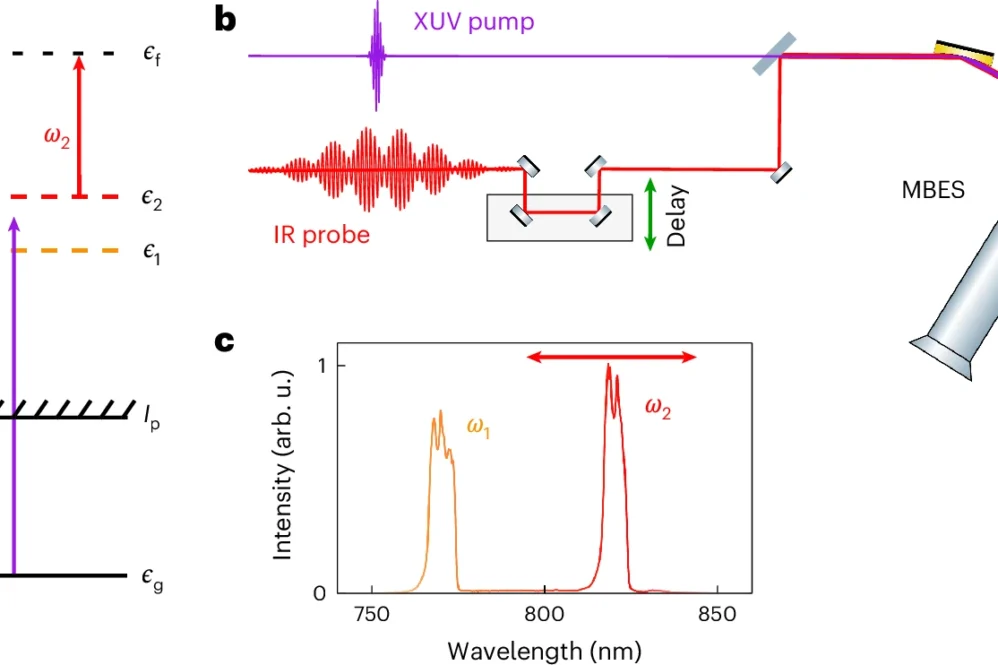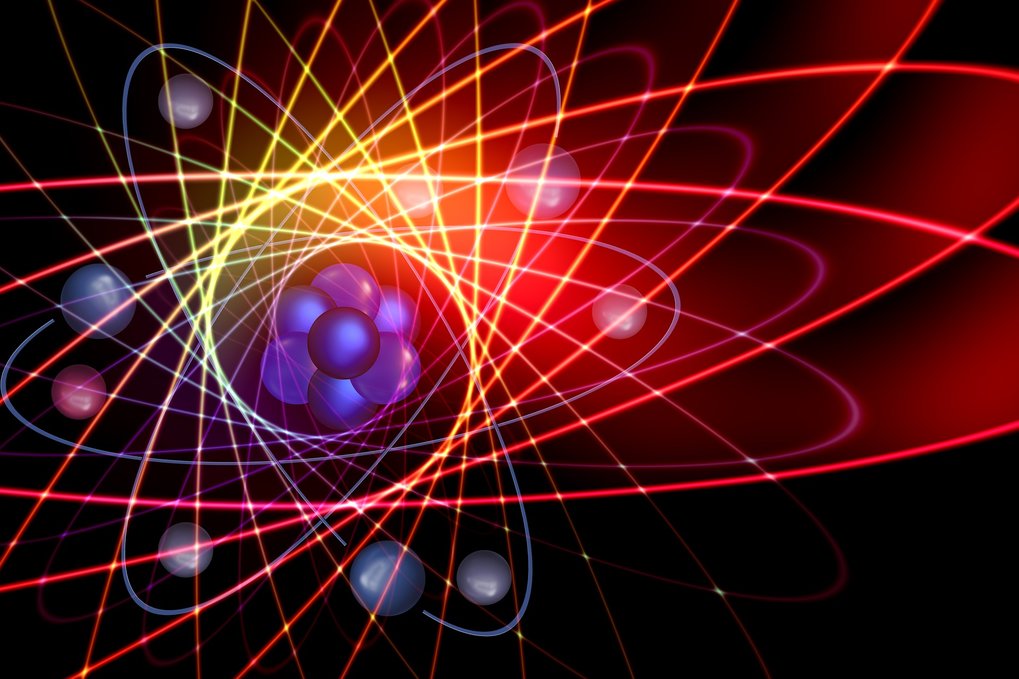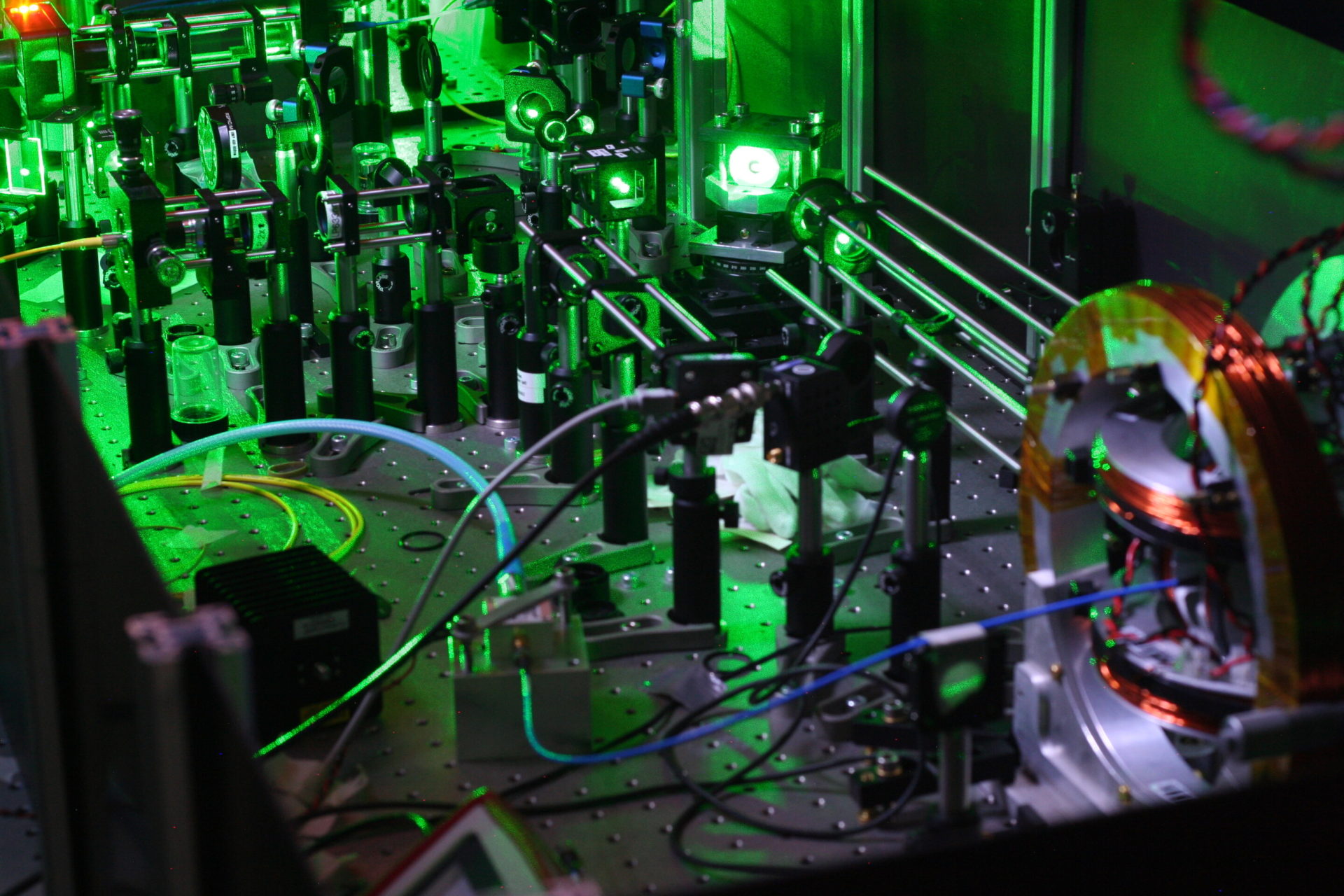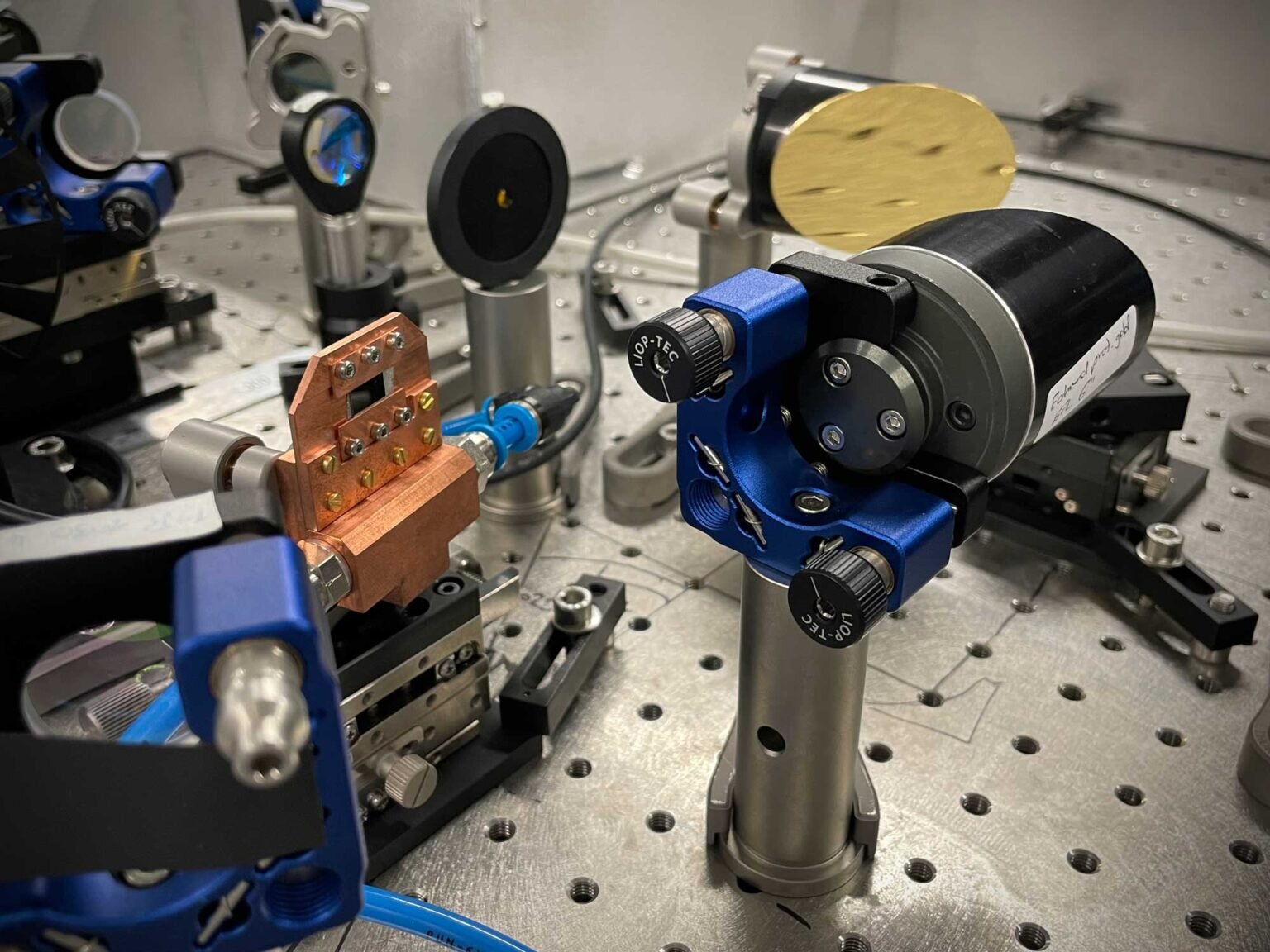The photoelectric effect, first explained by Einstein in 1905, describes how atoms and materials emit electrons when they absorb high-energy photons. This fundamental quantum phenomenon has become the foundation for numerous modern measurement techniques including microscopy, holography, and spectroscopy. While traditional methods focus on measuring classical properties like kinetic energy and momentum, the emergence of attosecond science has enabled more sophisticated measurements that can capture both the magnitude and phase of photoelectron distributions.
However, a significant challenge emerges when dealing with mixed photoelectronic states, which are actually the norm rather than the exception in photoionization experiments. These mixed states can arise from two main sources: entanglement between the ion and photoelectron system, and experimental fluctuations during measurements. In such cases, standard interferometry techniques become inadequate, as they can’t clearly distinguish between different ionization channels.
The researchers introduce a new method called KRAKEN for Quantum State Tomography (QST) of photoelectrons. This technique allows for the complete reconstruction of the photoelectron’s quantum state through its density matrix. The experiment involves photoionizing helium and argon atoms using extreme ultraviolet (XUV) pulses and probing the resulting electron states with specially designed infrared pulses.
The results revealed a striking contrast between helium and argon. In helium, the measurements showed an almost perfectly pure photoelectronic state, indicating minimal experimental decoherence. However, in argon, they observed a mixed state with reduced purity, which aligned with theoretical predictions about the entanglement between the ion and photoelectron caused by spin-orbit interaction.
This work represents a significant advancement in bridging the gap between photoelectron spectroscopy and quantum information science. By enabling the complete characterization of photoelectron quantum states, including both pure and mixed states, it opens new possibilities for understanding fundamental quantum processes in matter. The technique could prove particularly valuable for quantum technology applications, as it provides detailed insights into quantum phenomena that were previously difficult to measure directly.
The research demonstrates how quantum state tomography can reveal subtle quantum effects in photoionization, particularly the role of entanglement and decoherence in atomic processes. This deeper understanding of how electrons behave when freed from atoms by light could lead to improvements in various fields, from quantum computing to advanced spectroscopic techniques.
The paper has been published in Nature Photonics.




